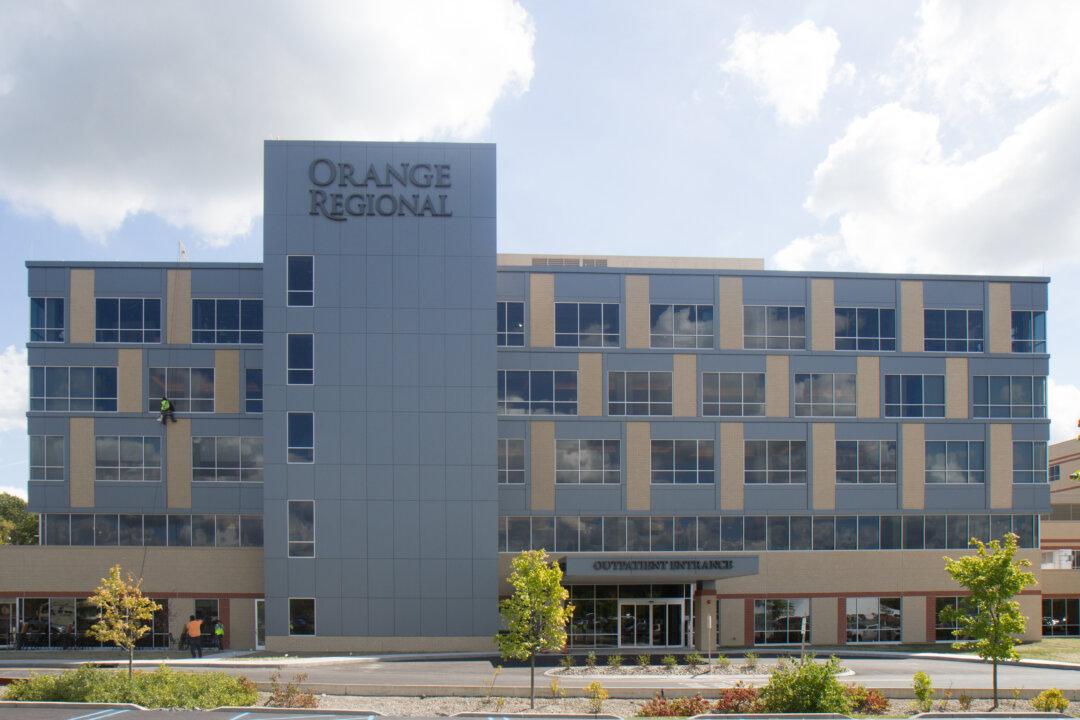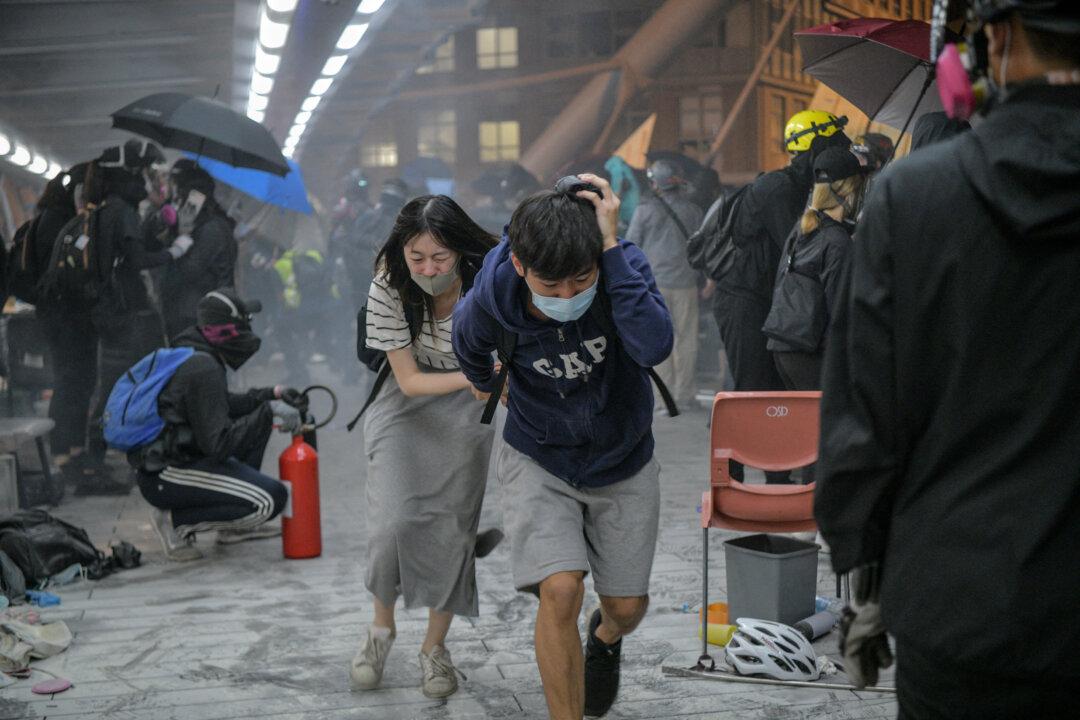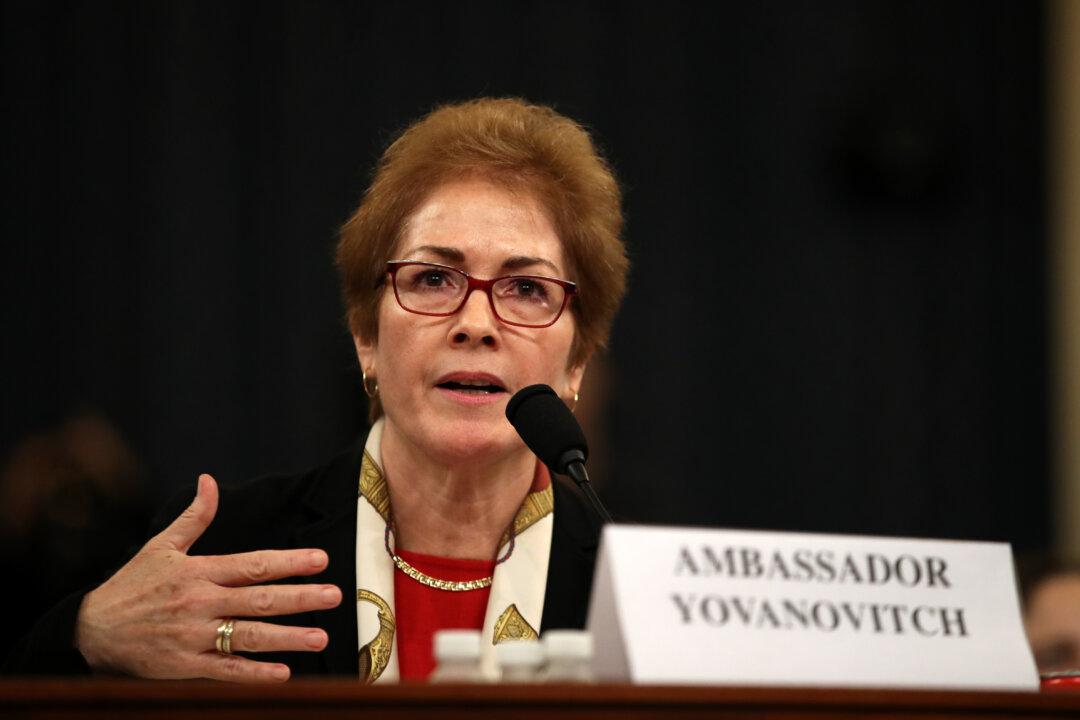TOWN OF WALLKILL—Chairs were still being unwrapped from their plastic coverings, art being hung on the walls, and appliances being installed at Orange Regional Medical Center’s (ORMC) new cancer center and outpatient building on Sept. 16, ten days before the buildings were set to open to the public.
The new buildings, which broke ground last June, have either moved services from the Orange Regional Medical Pavilion in Wallkill and the Goshen Patient Service in Goshen, or are new to ORMC.
Only the Center for Sleep Medicine and Wound Healing Center are left at Orange Regional Medical Pavilion.
“There certainly is a need for advanced healthcare in our area,” said Rob Lee, the executive director for marketing and public relations for the Greater Hudson Valley Health System. “The idea is to provide it in a central location so people don’t have to travel out of the area.”
The single-story cancer center and the five-story outpatient building are adding 26,000 and 53,000 square feet of space respectively to ORMC’s 73-acre site at 707 E. Main St., and are set to open to the public Sept. 26.
The new outpatient cancer center, called the Spagnoli Family Cancer Center after the Spagnoli family who donated to it, is equipped with two linear accelerators, an infusion center, a medical library, exam and consultation rooms, and a “healing boutique,” with things like hats, scarves, lotions, and soaps.
The infusion center, which has stayed in the same place but been renovated, is what ORMC called the Spagnoli Family Cancer Center before. In addition to being renovated, it also has a new garden outside its west-facing windows for patients to look at while they get their treatment. The garden features plants that attract hummingbirds and bronze statues of children playing .
“[Patients] can spend a day [in there], and it’s not always pleasant,” said Lauren Kropf-Zuckerman, a media liaison for the hospital, explaining why they decided to create the garden.
Just north but connected to the cancer center is the outpatient services building, the top two floors of which are unfinished.
“As we hire more physicians [for the Orange Regional Medical Group], we'll expand into those floors,” Lee said.
On the first floor is the breast center and lab, outpatient surgery rooms, and primary and urgent care. It has a baby grand piano, and once it opens will have a café, called the Orange Eatery, and a retail pharmacy open to the public.
The second floor has a cardiac rehab center, conference rooms, an ambulatory surgery center, and administration offices.
The third floor is entirely for physicians in the Orange Regional Medical Group, which is a mix of primary care doctors and specialists, Lee said.
The buildings have some geeky features, like motion-detecting lights, remote-controlled blinds, touchscreen check-in stations whose screens are sanitized by UV lights, and a Varian TrueBeam linear accelerator which Lee said has “pinpoint accuracy” to remove tumors with minimal damage to surrounding tissue.
They compliment the shiny new floors, the electric fireplaces, brightly-colored walls and furnishings that match the locally-made art on the walls. Commissioned from several Hudson Valley artists, the art emphasizes nature and harmonizes with the color schemes of the furniture and walls.





